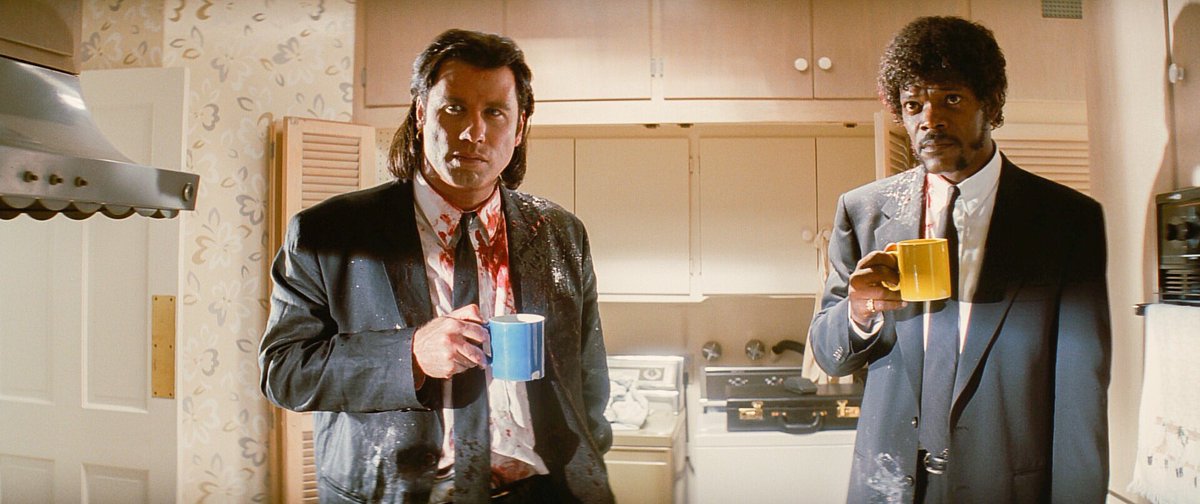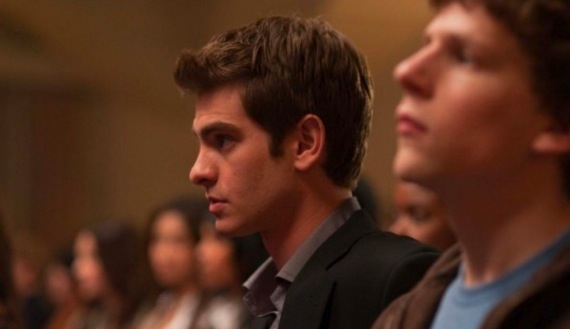COMPOSITION IN PHOTOGRAPHY AND FILMING
Composition in photography is the art of arranging objects in a frame.
There are actually shapes and alignments that people find pleasing. But photo and film composition also needs to tell a story.
The arrangement of your objects and actors in a frame can add to your storytelling. You do this by emphasizing some objects and de-emphasizing others. In a big-budget Hollywood film, the director has the expert input of a director of photography. In smaller budget movies the director often does double duty.
The arrangement of your objects and actors in a frame can add to your storytelling. You do this by emphasizing some objects and de-emphasizing others. In a big-budget Hollywood film, the director has the expert input of a director of photography. In smaller budget movies the director often does double duty.
Ideally, every frame of your film should be able to be hung on an art gallery wall. This is a tall order. Few people succeed in it without lots of time, big budgets, great editors and patient investors. Your budget and timeline may keep you from doing this, but there are things you can do from the very beginning to make sure that your movie looks as good as it can.
Film vs. still photography composition
Film vs. still photography composition
The rules of composition in photography are the same for film, but like everything else, it’s complicated. Put simply, the aspect ratio of still camera images is different from the aspect ratio of motion pictures.
The aspect ratio of 35mm film is 3:2.
The aspect ratio of most video is 16:9, which is much wider and not as tall.
Since most small-budget movies are shot on 35mm digital cameras this aspect ratio is a bit of an affectation left over from cinema.
In the old days, you were actually exposing less film, but today you’re just cropping the top and the bottom out.
The aspect ratio of most video is 16:9, which is much wider and not as tall.
Since most small-budget movies are shot on 35mm digital cameras this aspect ratio is a bit of an affectation left over from cinema.
In the old days, you were actually exposing less film, but today you’re just cropping the top and the bottom out.
A 16:9 frame means that landscapes look fantastic but putting a single person in the frame is more challenging. For the most part, people are vertical objects and most of your frame is going to be empty. So what do you fill the empty space with? That’s composition.
Can you get a book about composition in photography and use it as the basis of your movie composition? Absolutely.
The rules — or more exactly, guidelines — of composition hold true for film, painting and still images alike.
The rules — or more exactly, guidelines — of composition hold true for film, painting and still images alike.
The Rule of Thirds
If you leave here with one thing, it should be the rule of thirds. It’s the fundamental rule of composition. Divide the screen into thirds with four lines — like a tic-tac-toe game — your objects of interest should fall at the intersection of two of these lines. Some cinematographers are more rigid about it than others, but it’s very possible to find a movie whose every shot does not deviate from this.
We mentioned before that people are vertical and movie screens are horizontal — this means that to get a person in a frame you need to either make them very small, or crop them. Both of these are perfectly acceptable. Let’s take a look at Ridley Scott’s “Blade Runner”. In this closeup of Harrison Ford, Scott and Cinematographer Jordan Cronenweth have chosen to chop him off at the shoulders and the top of the head to put his eyes at the intersection of the top horizontal line and the right vertical line of our imaginary tic-tac-toe board.
Unlike in the real world, in film and photography composition, you can chop the top of someone’s head off with impunity. This is not true of people’s chins. Chins need to stay in the frame unless you crop an equal portion of the top of the head.

The eyes are the important thing.
We look at people’s eyes. We instinctively look at what other people are looking at. We have a deep down belief that the person inside a body is accessible through the eyes; This is universal. When your cat or your dog wants to communicate with you, they look at your eyes. They haven’t read any psychology books. In your shots, if the eyes are in focus, you can get away with a lot of other things not being in focus.

Balance and Symmetry
Imagine your frame as a shadow box that you’re putting items into and that sits on a fulcrum in the center. Balancing the left and right sides normally gives off a feeling of harmony, and an unbalanced frame one of tension. While going counter to the rule of thirds, sometimes completely symmetrical framing with the object of interest in the exact center can be used extremely effectively.
Some directors are slaves to symmetry in their composition and when used properly, it can be extremely powerful. One of the most arresting users of symmetry was Stanley Kubrick. He put the rule of thirds in the back seat and replaced it with an on obsessive adherence to center framing and symmetry, giving us some incredibly powerful images that depict order so perfect it becomes somewhat menacing. Perhaps unsurprisingly, Kubrick had a strong background in photography
Wes Anderson is also considered as a master of simmetry in cinema.
Wes Anderson is also considered as a master of simmetry in cinema.
Balance doesn’t have to be symmetrical though; objects on one side of the screen can be balanced with objects on the other side of the screen that aren’t their mirror image.


We follow lines like roads. Leading lines are usually imaginary lines that go from one object to another to draw our attention from a main object of focus to a secondary one. Going back to Ridley Scott’s “Blade Runner,” we have a perfect example of leading lines, and this time they’re actually lines. The bannisters lead our attention right to the people on the left side of the screen. Note also the strong use of the rule of thirds and the post in the foreground to provide balance.
Depth of Field
The camera can emphasize what’s important and de-emphasize other things by using depth of field (DOF) — the area of a shot that’s in focus. Depth of field can either be deep, meaning everything’s in focus — like the Kubrik image from “2001” — or it can be shallow, meaning few things are in focus — like both the shots of Harrison Ford from “Blade Runner” and “Raiders of the Lost Ark.” Notice, in the closeup of Ford from “Blade Runner,” the use of the out of focus building in the background to balance the frame.
Good composition is essential
There are lots of books on composition in photography, but a really good way to study is to watch good movies.
How are your favorite directors using depth of field?
How rigorously do they adhere to the rule of thirds?
How do they use centered subjects to create tension or use leading lines to guide your eye?
Pay attention to composition while you’re watching movies and television
What items are in the frame and why? What do they add to the story?
What are the background objects adding to the mood of the scene?


Comments
Post a Comment